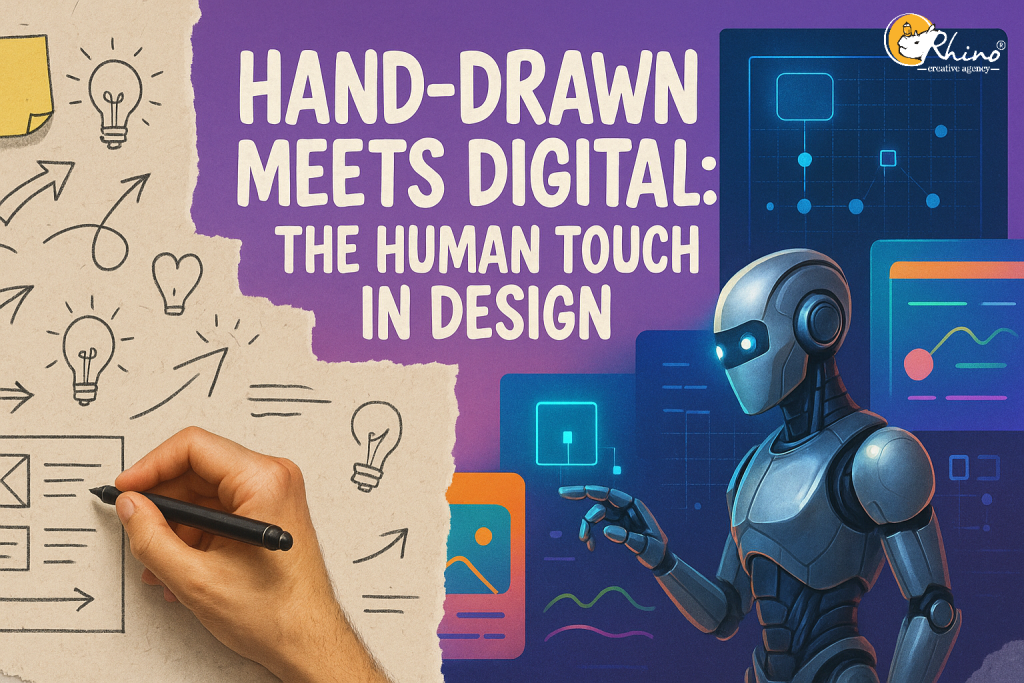The Art of Analogue Aesthetics in a Digital World
In today’s hyper-digital landscape, where everything is sleek, sharp, and pixel-perfect, there’s a growing yearning for something more personal and grounded. This desire is driving a fascinating trend in graphic design: the incorporation of hand-drawn elements, mixed digital assets, collage styles, and textures. This approach isn’t a rejection of digital tools; rather, it’s a strategic use of them to evoke a sense of nostalgia and a much-needed human touch. It makes digital designs feel more personal and tactile, bridging the gap between the screen and the soul.
This aesthetic is a powerful antidote to the impersonal nature of mass-produced digital content. It reminds us that behind every design is a human creator, and it celebrates the imperfections that make things uniquely beautiful. The result is a design that doesn’t just look good, it feels good—like a favorite old book, a cherished scrapbook, or a well-worn photograph.
The Charm of the Hand-Drawn
The hand-drawn element is arguably the most direct way to inject personality and humanity into a digital design. Think of imperfect lines, shaky lettering, and sketches that carry the unique signature of the artist’s hand. These elements immediately stand out in a sea of sterile, uniform fonts and vector graphics. They tell a story of effort, thought, and creativity.
Designers can achieve this by sketching on paper and then digitizing the drawings, or by using a tablet and stylus to create digital art that mimics the feel of traditional media. This technique is particularly effective in branding for small businesses, where the goal is to feel approachable and authentic. A hand-drawn logo for a coffee shop, for instance, suggests a personal, artisanal quality that a standard font simply cannot. It feels like a note passed from one friend to another—warm, genuine, and trustworthy.
The beauty of hand-drawn elements lies in their imperfections. A wobbly line or a slight smudge is not a mistake; it’s a feature. It breaks the monotony of the digital grid and adds a layer of vulnerability and honesty that resonates deeply with an audience. This raw authenticity builds trust and forges a stronger emotional connection.
Blehttps://www.merriam-webster.com/dictionary/yearningnding the Digital with the Tangible: Mixed Assets
The phrase “mixed digital assets” refers to the practice of combining various media formats—like photographs, scans of physical objects, and digital illustrations—within a single design. This method is a visual feast, creating depth and a sense of complexity that a single medium cannot achieve.
For example, a designer might scan a crumpled piece of paper, a torn photograph, or a faded postcard and integrate it with clean, crisp digital typography and vibrant vector art. This creates a fascinating dialogue between the past and the present, the physical and the digital. It’s a method that allows designers to tell richer, more layered stories. A poster for a music festival might use a grainy, scanned photograph of a vintage ticket stub as a background, overlaid with bold, modern text. This not only looks cool but also immediately establishes a vibe—one that is rooted in history and experience.
This technique is especially powerful for creating a sense of history or memory. It suggests that the design is a curated collection of fragments, each with its own story. It’s the visual equivalent of a memory box, filled with odds and ends that, when put together, form a coherent narrative.
The Collage Style: A Pastiche of Memories
The collage style takes the idea of mixed assets and pushes it further, creating a dynamic, often fragmented composition. By cutting, tearing, and overlapping different elements, designers can build designs that feel spontaneous and handmade. The aesthetic is often chaotic yet deliberate, with layers that reveal themselves upon closer inspection.
Collages are inherently nostalgic because they mimic the way we physically arrange images and memories in a scrapbook or on a mood board. They celebrate juxtaposition, placing seemingly unrelated elements side by side to create new meaning. A designer might combine a vintage botanical illustration with a piece of abstract digital art and a faded handwritten note. The resulting design is not just a picture; it’s a thought process laid bare.
This style is excellent for communicating complex ideas or emotions. It allows for a non-linear narrative, where the viewer is invited to piece together the story from the various fragments. This active engagement makes the design more memorable and impactful. It’s a style that embraces imperfection and celebrates the beauty of things that don’t quite fit together, creating a sense of poetic disarray.
The Power of Texture
Texture is the final, and perhaps most subtle, element that makes digital designs feel more personal and tactile. In the digital world, texture refers to the visual appearance of a surface. Adding textures like grain, paper, fabric, or even a subtle grit can transform a flat, digital design into something that feels physically present.
Think of a poster that looks like it’s printed on recycled paper, or a website background that has the subtle grain of canvas. These textures trick the eye into perceiving a physical quality, a sense of weight and substance. They add a layer of realism and depth that makes the design feel less like a screen and more like a physical object.
Textures are also a fantastic way to evoke a mood. A rough, grainy texture can feel gritty and raw, while a subtle, soft paper texture can feel gentle and delicate. When used in combination with hand-drawn elements and collages, textures complete the illusion, making the design feel not just seen but felt.
Conclusion: A Human-Centric Design Philosophy
The use of hand-drawn elements, mixed digital assets, collage styles, and textures is more than just a passing trend. It represents a fundamental shift in design philosophy—a move toward creating more human-centric digital experiences. In an age of algorithms and artificial intelligence, these analogue-inspired techniques remind us of the value of human imperfection, the beauty of the handmade, and the power of personal storytelling.
By incorporating these elements, designers are not only creating visually stunning work but also fostering a deeper, more emotional connection with their audience. They are proving that even in the most digital of spaces, the most compelling designs are those that feel, above all else, profoundly human. This approach ensures that our digital creations don’t just exist on a screen; they live, breathe, and resonate with the messy, wonderful reality of our lives.

